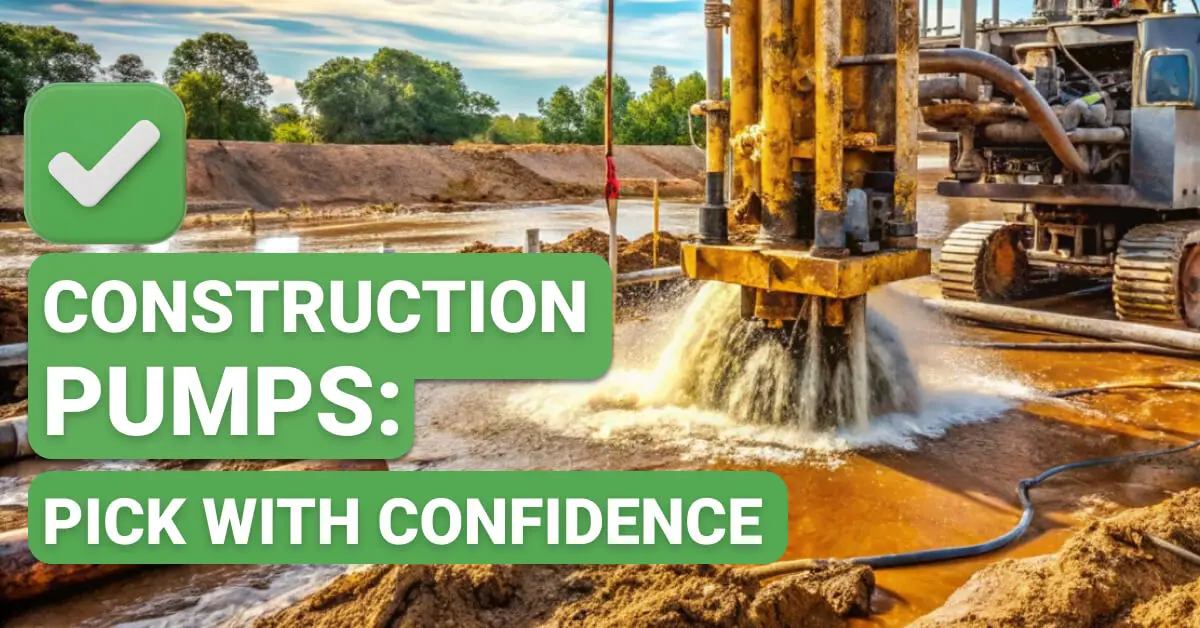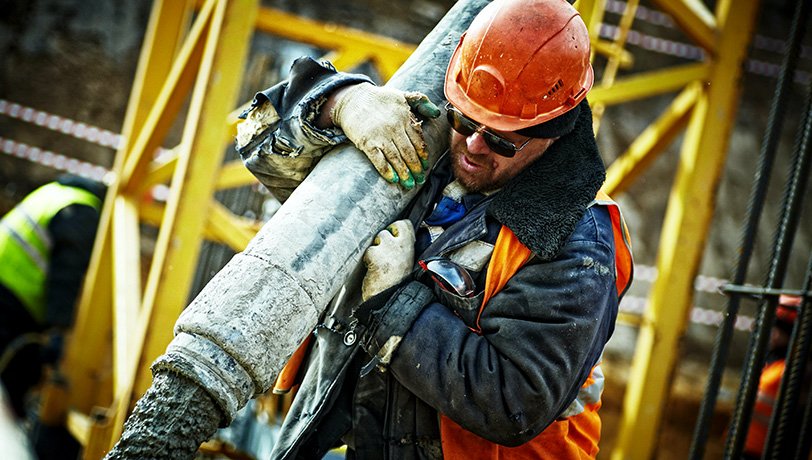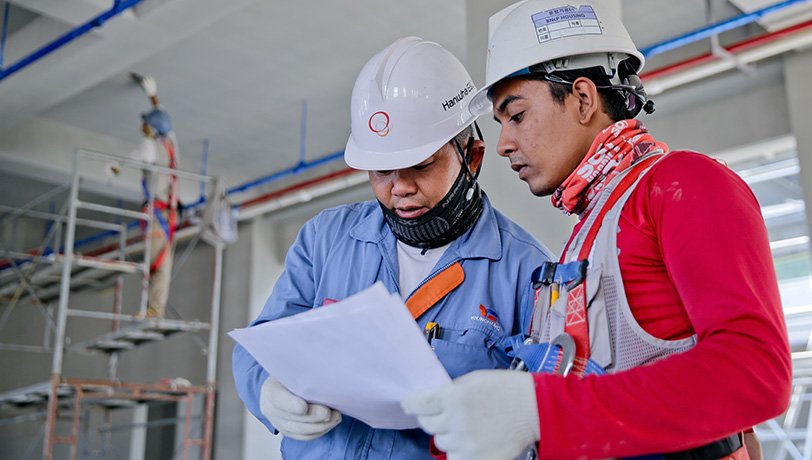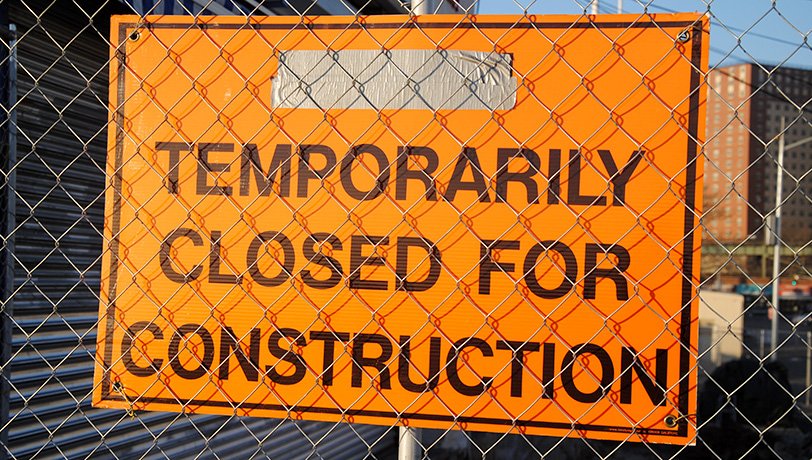If you’re in the construction industry, then you know that having the right pump can make all the difference. Not sure which pump is right for your job? No problem! In this article, we will walk you through the process of choosing the right pump for your needs. We’ll discuss the different types of commercial pumps and how to select the one that’s best for you. So whether you’re a contractor looking for your first pump or just need a refresher on what’s available, read on for helpful tips and advice!
Table of Contents
ToggleDredge Pumps
Dredge pumps are typically used for excavating and removing solid materials from a construction site. They are also sometimes used to pump fluids, like concrete or slurry. Dredge pumps can be submersible or dry mounted, and they come in a variety of sizes. The professionals over at www.daepumps.com note that when choosing a dredge pump, you should consider the type of job you’ll be using it for as well as the material you’ll be pumping. You’ll also want to think about the flow rate and head pressure that you need. Important features to look for in a dredge pump include:
- The ability to handle high solids content
- Fluid levels that can be monitored
- A low noise level
- An oil-free design
If you’re looking for a versatile pump that can handle a variety of materials, then a dredge pump is a good option. Just be sure to consider the factors listed above to ensure you choose the right one for your needs.
Excavator Mounted Dredge Pumps
Excavator mounted dredge pumps are a type of dredge pump that is attached to an excavator. They are typically used for construction jobs that involve digging, like excavating a trench or removing debris from a site. When choosing an excavator-mounted dredge pump, it’s important to consider the size of the excavator and the type of job you’ll be using it for. You’ll also want to make sure that the pump is compatible with the excavator’s hydraulic system. If you need a powerful pump that can handle tough materials, then an excavator-mounted dredge pump is a good choice. Just be sure to select one that is the right size for your excavator and the job you’ll be using it for.
Dewatering Pumps
Dewatering pumps are used to remove water from a construction site. They are typically used when excavating a trench or digging a hole, in order to remove any water that has accumulated. Dewatering pumps come in a variety of sizes, so you’ll need to select one that is appropriate for the job you’re working on. You’ll also want to consider the flow rate and head pressure that you need. When choosing a dewatering pump, look for one that is easy to operate and has a durable design.
Dewatering pumps work by using a centrifugal force to remove water from the construction site. The pump is placed in the center of the site and the water is sucked into the pump. The pump then spins the water around, forcing it out through a pipe. The water is then discharged at a high rate, away from the construction site.
There are two main types of dewatering pumps: submersible and surface. Submersible pumps are placed underwater and can be used in wet or dry conditions. Surface pumps are typically used in dry conditions and are placed above ground. When choosing a dewatering pump, you’ll need to decide which type is best for your job. If you’re working in wet conditions, a submersible pump is a good option. If you’re working in dry conditions, a surface pump might be a better choice.
Submersible Pumps
Submersible pumps are another type of dredge pump that can be used for construction jobs. They are designed to be submerged in water and are typically used to remove water from a site or to pump fluid, like concrete or slurry. Submersible pumps come in a variety of sizes and have different features, so it’s important to choose one that’s right for your needs. When selecting a submersible pump, consider:
- The depth of the water you’ll be pumping
- The type of fluid you’ll be pumping
- The flow
Surface Pumps
The next type of commercial pump is the surface pump. Surface pumps are used to move water from a lower to a higher level, making them perfect for construction jobs that require moving water uphill. When choosing a surface pump, it’s important to consider the flow rate and lift height of the pump. The flow rate is how much water the pump can move in a certain amount of time, and the lift height is how high the pump can raise the water. Another factor to consider when choosing a surface pump is whether you need a self-priming or non-self-priming model. Self-priming pumps can start up without having to be filled with water first, which makes them ideal for construction sites where there might not be a water source nearby. Non-self-priming pumps require a water source in order to start, so they’re not as versatile as self-priming models.
Slurry Pumps
Slurry pumps are designed to move heavy, abrasive materials like mud, sand, and cement. They are often used in mining and drilling operations. Slurry pumps can be submersible or dry-mounted. This type of pump is typically used to move slurry or a mixture of water and solids. When choosing a slurry pump, it’s important to consider the:
- Density of the slurry
- Solids content
- Viscosity
- pH level
Centrifugal Pumps
Centrifugal pumps are one of the most common types of pumps used in commercial applications. They are typically used to move liquids, but they can also be used to move gases and slurries. Centrifugal pumps work by using centrifugal force to move the fluid. The pump is placed in the center of the site and the fluid is pumped into the pump. The pump then spins the fluid around, forcing it out through a pipe. Centrifugal pumps are available in a variety of sizes and have different features, so it’s important to choose one that’s right for your needs. When selecting a centrifugal pump, it’s important to consider the following factors:
- Flow rate: The flow rate is the amount of fluid that the pump can move per minute. This is important to consider because you want to make sure that the pump can handle the volume of fluid you need to move.
- Head: The head is the height that the pump can lift the fluid. This is important to consider because you want to make sure that the pump can reach the height you need it to.
- Pressure: The pressure is the amount of force that the pump can apply to the fluid. This is important to consider because you want to make sure that the pump can handle the pressure of your application.
- Power: The power is how much energy the pump uses.
Self-Priming Pumps
Self-priming pumps are a type of surface pump that can start up without having to be filled with water first. This makes them ideal for construction sites where there might not be a water source nearby. Self-priming pumps work by using a double suction cup to create a vacuum. This vacuum pulls water into the pump so that it can start circulating.
The benefits of self-priming pumps include:
- They can be used in a variety of different settings
- They don’t require a water source nearby
- They are easy to operate
- The drawbacks of self-priming pumps include:
- They can be expensive
- They require regular maintenance
- They can be difficult to troubleshoot if they break down
If you’re looking for a pump that can be used in a variety of different settings, is easy to operate, and doesn’t require a water source nearby, then a self-priming pump might be the right choice for you. If you’re not comfortable with performing regular maintenance on your equipment, then self-priming pumps might not be the best choice for you.
Flooded Suction Pumps
Flooded suction pumps are a type of centrifugal pump that is used to move water from a low-lying area to a higher location. Flooded suction pumps are typically used in flood control applications. They are also sometimes used in irrigation and drainage applications. Flooded suction pumps work by using an impeller to draw the water into the center of the pump. The impeller then forces the water out through a pipe. Flooded suction pumps are typically used in the following industries:
- Construction
- Mining
- Oil and gas
- Water and wastewater treatment
When choosing a flooded suction pump, there are several things you need to take into consideration.
- The first thing you need to consider is the capacity of the pump. The capacity of the pump is measured in gallons per minute (GPM). You need to choose a pump that has a capacity that meets your needs.
- The next thing you need to consider is the head pressure. Head pressure is measured in feet of water. You need to choose a pump that can produce enough head pressure to meet your needs.
- The last thing you need to consider is the speed of the pump. The speed of the pump is measured in revolutions per minute (RPM). You need to choose a pump that has a speed that meets your needs.
- There are two main types of flooded suction pumps: positive displacement pumps and centrifugal pumps.
- Positive displacement pumps work by drawing water into a chamber and then displacing the water out of the chamber.
- Centrifugal pumps work by using an impeller to draw water into the center of the pump and then forcing it out through a pipe.
Which type of flooded suction pump you choose depends on your specific needs. If you need a pump that can handle a large volume of water, then you will want to choose a positive displacement pump. If you need a pump that can handle a high head pressure, then you will want to choose a centrifugal pump. If you need a pump that can operate at high speeds, then you will want to choose a centrifugal pump.
Positive Displacement Pumps
Positive displacement pumps are a type of pump that uses a chamber to draw water into the pump. The chamber is then sealed and the water is forced out of the chamber. Positive displacement pumps are typically used in applications where a high volume of water is needed.
The benefits of positive displacement pumps include:
- They can handle a large volume of water
- They can be used in a variety of different settings
- They don’t require a lot of maintenance
- The drawbacks of positive displacement pumps include:
- They can be expensive
- They can be difficult to troubleshoot if they break down
If you’re looking for a pump that can handle a large volume of water, then a positive displacement pump might be the right choice for you.
Thermoplastic Pump
The last type of commercial pump is the thermoplastic pump. Thermoplastic pumps are made from a variety of materials, including polyvinyl chloride (PVC), polyethylene (PE), and polypropylene (PP). They are typically used in industries that require pumping corrosive or abrasive fluids. When choosing a thermoplastic pump, it’s important to consider the material you’ll be pumping and the temperature of the fluid. Thermoplastic pumps can handle both hot and cold fluids, but some materials are more resistant to heat than others.
Sump Pumps
Sump pumps are used to remove water that has accumulated in a sump pit. They are often used in basements or crawlspaces, in order to keep the area dry. Sump pumps come in different sizes and styles, so you’ll need to select one that is appropriate for your needs. Make sure to select a sump pump that is durable and can withstand the conditions of your basement or crawlspace. You’ll need to choose a sump pump with a capacity that meets your needs. When choosing a sump pump, you have two main options: submersible pumps and pedestal pumps.
Turbine Pumps
Turbine pumps are a type of centrifugal pump that uses an impeller to draw water into the center of the pump. The water is then forced out through a pipe. Turbine pumps are typically used in applications where a high head pressure is needed. Turbine pumps are available in a variety of different sizes, so you’ll need to select one that is appropriate for your needs. These types of pumps are typically used in irrigation, water treatment, and power generation. This is a pump that will see a lot of use, so you’ll want to make sure it is durable and can withstand the conditions it will be used in.
Pump Selection Guide
When you’re ready to purchase a commercial pump, there are several factors you’ll want to consider in order to choose the right one for your needs. Here’s a quick guide to help you make the best decision:
- Pump type: There are many different types of commercial pumps on the market, each designed for specific applications. Do some research to determine which type of pump is best suited for your project.
- Flow rate: Make sure you know how much water you’ll need to move and choose a pump with a flow rate that meets or exceeds your needs.
- Pressure: Again, think about the requirements of your project and choose a pump that can generate enough pressure to get the job done.
- Power source: You’ll need to decide whether you want an electric or diesel-powered pump. Consider factors like cost, fuel availability, and noise level when making your decision.
- Other features: There are a variety of other features that you might want to look for in a commercial pump, such as corrosion resistance, easy maintenance, and portability.
- Price: Commercial pumps can vary widely in price, so be sure to set a budget and stick to it.
When choosing a pump you’ll have to think about the type of job you’re doing and what kind of pump will be the best fit. With so many options on the market, it’s important to do your research and select a pump that meets your needs. Keep these factors in mind and you’ll be sure to choose the right pump for your next construction project.
If you need to move a lot of water quickly, then you should choose a centrifugal pump. If you’re working with corrosive or abrasive fluids, then a thermoplastic pump would be a good choice. And if you need to remove water from a sump pit, then you’ll want to select a sump pump. Positive displacement pumps are also a good option, but they can be more difficult to troubleshoot if they break down. Dredge pumps can be a good choice for construction projects that involve excavating. And finally, if you need to move water over long distances, then a turbine pump might be the right choice for you.
Now that you know the basics of choosing a commercial pump, it’s time to get out there and start shopping! Construction jobs often require the use of different types of pumps. By understanding the different types of pumps and what they’re used for, you can select the right pump for your job. Be sure to consider the type of fluid you’ll be moving, the flow rate you need, and the lift height. With so many different types available, there’s sure to be a pump that’s perfect for your construction job. We hope this article was helpful!




